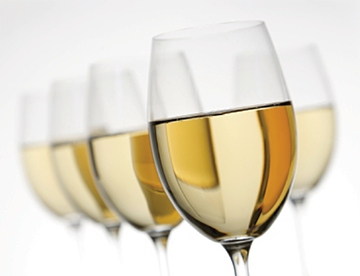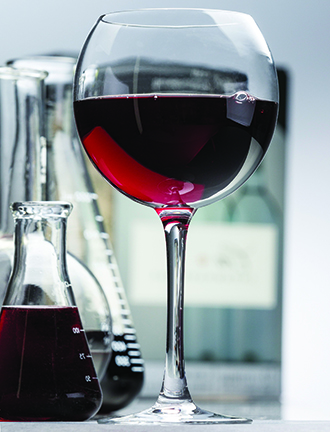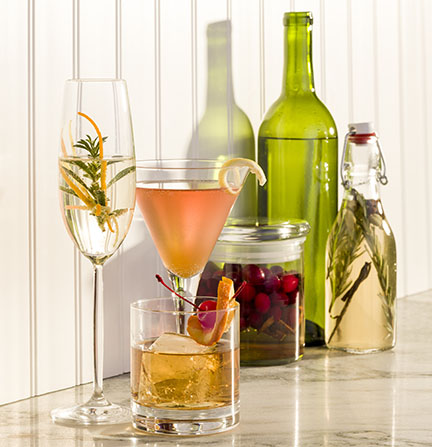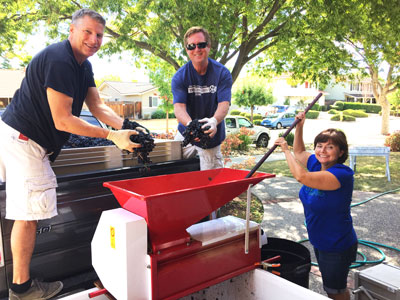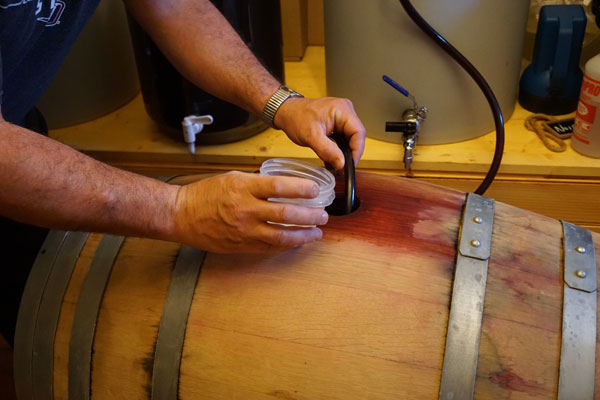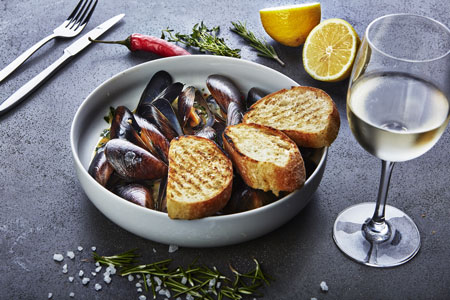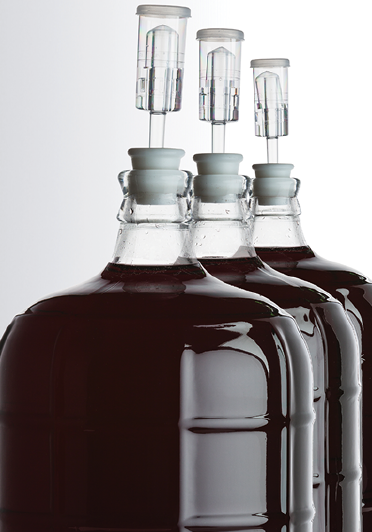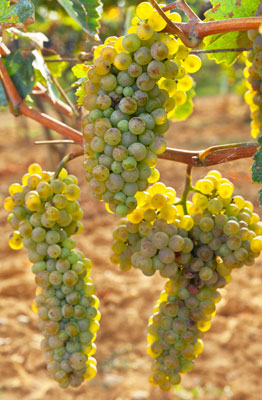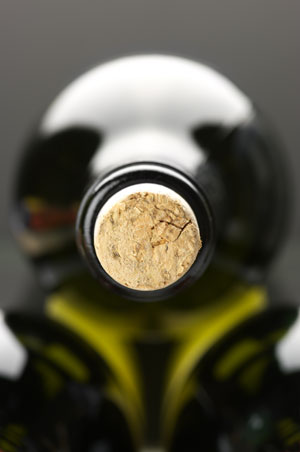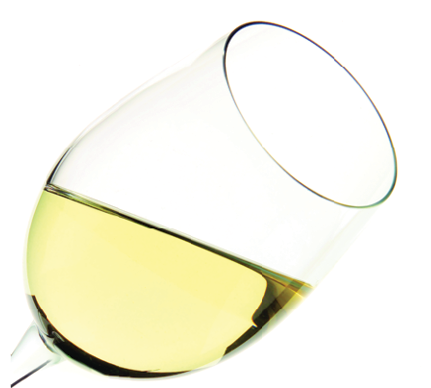Dec 18-Jan 19
Chat with Alex Russan
Live Chat with Alex Russan, which took place on December 12, 2018.
Top 100 Wine Kits of 2018
Nearly 700 wines made from kits were entered into more than 30 different categories and judged in the 2018 WineMaker International Amateur Wine Competition. So which kits made the best wines? Here are the top 100 scoring wine kits according to the judges.
Get Crystal Clear About Filtration
If you want to serve a crystal clear and microbial stable wine, it will require filtration. Explore the “how” and “why” of wine filtration, along with the equipment needed to do it.
Wine Kit Tweaks
One of the best things about wine kits is that they are relatively easy to make into great tasting wine if you just follow the directions. However, once you’ve mastered that skill, you may be tempted to tweak the instructions or ingredients to customize your wine more to your liking.
Aperitifs
When you make your own aperitif wines at home — such as sweet and dry vermouth — you can then make your own cocktails with them. Learn the basics of making these drinks, plus three cocktail recipes sure to appease even your guests who aren’t wine drinkers.
SO2 Fundamentals
Sulfites get a bad rap in the world outside of true wine aficionados. Alex Russan takes readers on a journey through the world of sulfites and describes a couple schools of thought regarding its use throughout the winemaking process.
Aging Wine Kits: Tips From the Pros
Kit wines are often consumed fairly young, but great things can happen if you allow the bottles to age longer. Two supply shop owners give guidance and teach the basics of patience and best practices for aging kit wines.
Trebbiano Family Tree
Grape descriptors and the region of origin were often used in the Old World in the naming of a grape. In the case of the Trebbiano family of grapes, this was indeed the case. Unfortunately what they didn’t quite know is the family is much more diverse than just a few varietals.
Cork Variability, MLF Question, pH Testing, and Aceto Problems
A concerned reader asks the Wizard why commercially-purchased wines might have their corks raised. She also answers questions on metabisulfite use before malolactic fermentation, when to re-test for pH, and dealing with Acetobacter issues.
Acetobacter Problems
Well, it seems like you have been paid a visit by a colony of Acetobacter, aka acetic acid bacteria. They love air, eat alcohol, and turn it into carbon dioxide and vinegar.
pH Reanalysis
The answer to your question depends on the size of your batch. The bigger your batch, especially if it’s must all mixed together with juice and skins, you need to mix quite
Sulfite Timing Question
That’s a great question with a very simple answer. You should not add postassium metabisulfite (SO2, or sulfur dioxide) to your wine between primary and secondary fermentation. Because the SO2 will inhibit
Cork Variability
You’re absolutely right, raised corks can either be a problem (if they’re too high, or too high of a percentage from bottle-to-bottle) or it could be nothing at all. The devil is
Keys To Great White Wine
A beautifully crafted white wine is a thing of beauty. If done well, a winemaker can be drinking a very nice example 8 months after harvest, plenty enough to be sipping one





